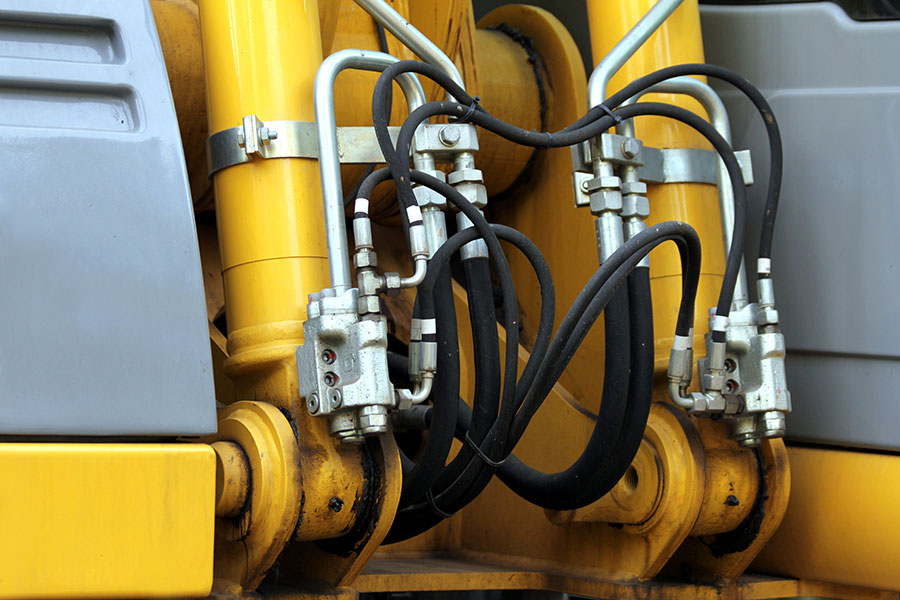
What Is the Difference Between Single-Acting and Double-Acting Hydraulic Cylinders?
In the industrial world, cylinders are an essential component to any high-powered job. Bulldozers, dump trucks, tow trucks, and everything in between require a reliable and effective hydraulic system to make any job run smoother. Hydraulic cylinders are manufactured into single-acting, double-acting models, or custom fabricated. Below, we discuss their main operational differences, helping you decide which best suit your needs.
Single-Acting Hydraulic Cylinders
The simpler design of a single acting hydraulic cylinder creates fewer components to maintain. For equipment and projects needing an effective and reliable hydraulic cylinder, single-acting may be your best option. Single-acting cylinders have only one acting port that allows the hydraulic fluid to enter. This single line of action is calibrated by pressure, often with a spring or push to retract the piston rod that occasionally relies on pressure to again push the spring back in place.
Lower Cost Association
A benefit to single-acting hydraulic cylinders is lower manufacturing, installation, and repair costs. With only one port to support instead of two, both piping and valve purchases cost much less.
Venting Requirements
The spring mechanism in single-action cylinder interiors requires venting, giving the assembly an outlet to the outdoors. However, if not monitored properly, particles can enter the cylinder and cause potential breakdowns or gradual decline in performance.
Compatible with Compact Systems
Due to their single port and small housing, single-acting hydraulic cylinders work well with smaller equipment. In most cases, if smaller equipment design allows room for the ports, fluid transfer, and venting, then this cylinder will be highly compatible.
Double-Acting Hydraulic Cylinders
The main distinction between single and double-acting hydraulic cylinders is an additional port. With double-acting cylinders having a port at each end, hydraulic fluid can be supplied for both retraction and extension. Additionally, the hydraulic fluid can also enter through one port and exit through the second port.
Strong Versatility
Though this hydraulic cylinder may not be ideally suited for compact spaces, double-acting hydraulics are highly versatile. Two ports make hydraulic power available in both directions and are easily controlled with an effective push-and-pull motion. As a result, they are the most commonly used hydraulic cylinder.
No Venting Concerns
Unlike single-acting models, double-acting cylinders are closed off from the environment. As a result, you won’t need repairs caused by particles infiltrating interior pipes and valves.
Longevity
Precision work that constantly requires hydraulic pistons to stop at specific lengths can stretch and warp the hydraulics over time. However, double-acting hydraulic cylinders are built with accurate, highly-precise dual ports, extending the longevity of the product.
Compliance with ISO Standards
ISO standards are issued to ensure that every industry is safe with cohesive operations. However, before you implement any updates, be sure to verify the standards for your hydraulics equipment.
MLM Lifts and Manufacturing: Custom-Built Cylinders for Every Industry
Whether your compact equipment needs a custom or single-acting hydraulic cylinder, MLM Lifts and Manufacturing is here to assist. We specialize in manufacturing hydraulic cylinders that fit your equipment and specialty fabrication needs. Contact us to receive a free quote on your next hydraulic cylinder project.